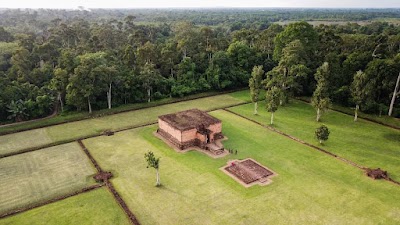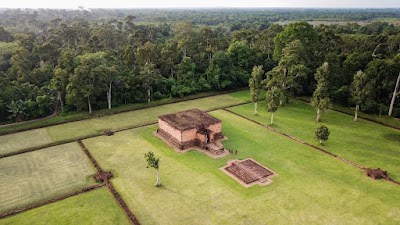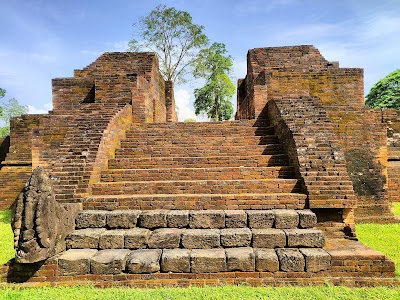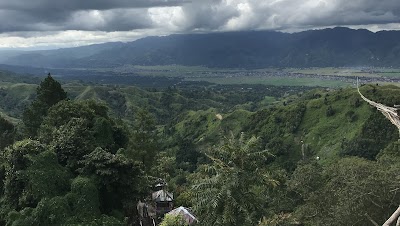Muaro Jambi Temple (Candi Muaro Jambi)
Overview
Overview of Muaro Jambi Temple
Muaro Jambi Temple, or Candi Muaro Jambi, is an ancient temple complex located in the Jambi province of Indonesia. Nestled along the banks of the Batang Hari River, this archaeological site is a testament to Indonesia’s rich cultural history and the grandeur of the Srivijaya Empire, which thrived between the 7th and 13th centuries. As one of the largest temple complexes in Southeast Asia, Muaro Jambi offers travelers a unique glimpse into the region’s past and the spiritual significance that these structures held.
The temple complex covers an area of approximately 12 square kilometers and includes numerous temples, stupas, and ancient relics. The main structures are made of brick and stone, displaying intricate carvings that reflect the artistic prowess of the time. Travelers can explore several significant temples within the complex, including the Candi Tinggi and Candi Gumpung, which showcase the distinct architectural style that combines both Hindu and Buddhist influences.
Historical Significance
The history of Muaro Jambi Temple is deeply intertwined with the rise and fall of the Srivijaya Empire, a powerful maritime kingdom known for its trade networks and cultural exchanges across Southeast Asia. The temple complex is believed to have been a center of learning and spiritual activity, where scholars and monks from various regions gathered to study and practice their beliefs. The inscriptions found in the area indicate that this site played a crucial role in the dissemination of Buddhism in Indonesia.
In addition to its religious significance, Muaro Jambi Temple also serves as an important archaeological site. Excavations have revealed artifacts such as pottery, inscriptions, and ceremonial objects that provide insight into the daily lives and spiritual practices of the people who once thrived here. The ongoing research at the site continues to unveil new discoveries that deepen our understanding of the region’s history.
Visiting the Temple Complex
For travelers interested in exploring Muaro Jambi Temple, the best time to visit is during the dry season, from May to September, when the weather is more favorable for outdoor activities. The temple complex is easily accessible from the provincial capital, Jambi, which is approximately 30 kilometers away. Visitors can take a local taxi or hire a guide for a more enriching experience. The entrance fee is minimal, making it an affordable destination for all types of travelers.
Once at the complex, take your time to wander through the serene surroundings, where lush greenery and tranquil rivers create a peaceful atmosphere. The site is less crowded than other tourist attractions, allowing for a more personal and reflective experience. Don’t forget to bring a camera, as the stunning landscapes and ancient structures provide ample opportunities for photography.
Local Culture and Activities
While visiting Muaro Jambi Temple, you can also immerse yourself in the local culture. The nearby town of Jambi is known for its traditional crafts, such as woven textiles and wood carvings. Travelers can explore local markets to discover unique souvenirs and taste authentic Indonesian cuisine, which often features rich spices and fresh ingredients.
Additionally, consider taking part in cultural activities or nearby eco-tourism experiences, such as guided river tours or hiking in the surrounding forests. Engaging with local communities can provide valuable insights into the traditions and lifestyles that have persisted over centuries.
In conclusion, Muaro Jambi Temple is not just an archaeological site; it's a portal into the past, offering a unique blend of history, spirituality, and natural beauty. Whether you are an avid historian, a spiritual seeker, or simply a curious traveler, this ancient temple complex is sure to leave a lasting impression and enrich your understanding of Indonesia's cultural heritage.






